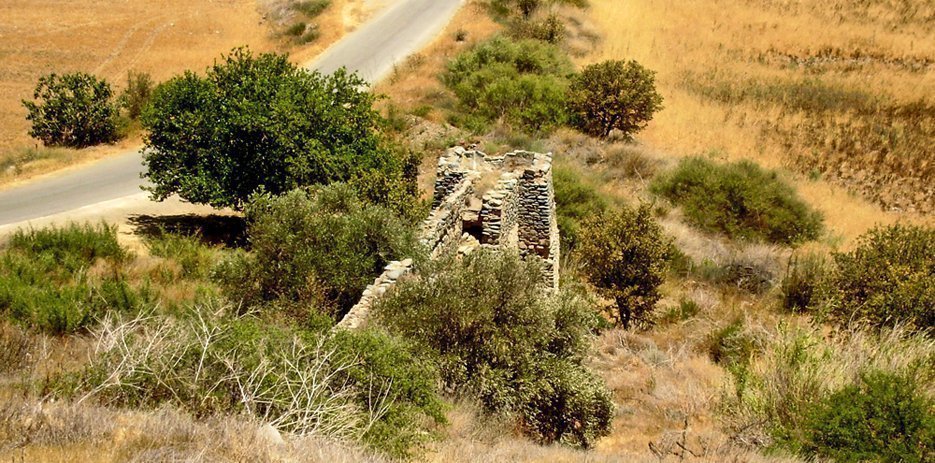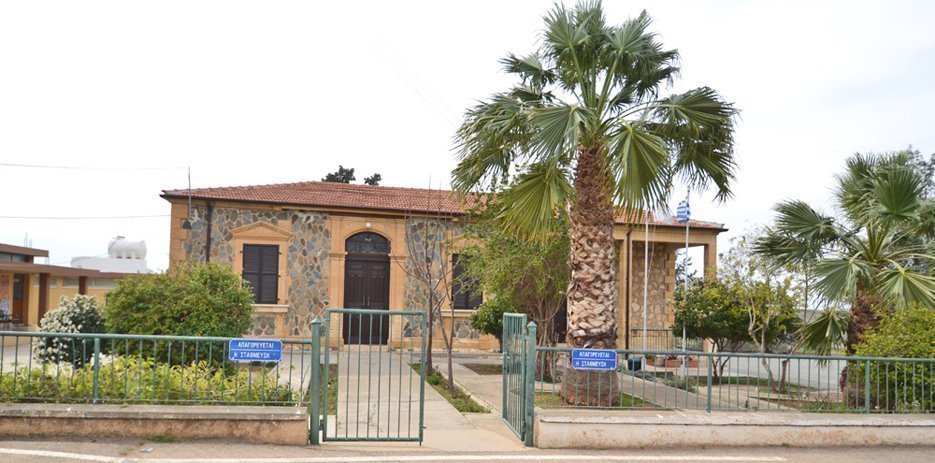Orounta, one of the most beautiful villages of the Nicosia District, is located only 36 kilometres away from the city of Nicosia.
The village is built on a southward slope, on a mean altitude of 290 metres above sea level and is located east of the river of Peristerona, on the bank of side river Serrachis.
It is a village with a rich history, where elements from the past coexist harmonically with the present. Now, let’s get to know the beautiful Orounta better.….

The village in the past
Originally, Orounta was built at the location “Loukka”, southwest of the village’s present location, on the banks of river Serrachis. At the beginning of the 1st century, the residents moved from the location “Loukka” to the present location of the village. They were driven to the decision to move to the present location to either save themselves from an epidemic or from frequent floods. In particular, the location “Loukka” used to flood very often due to its closeness to the river and because the ground has many concavities.
The residents that moved from the location “Loukka” to the present location of the village appear to have chosen the location of the new housing with great attention. I
t is not accidental that the village was built amphitheatrically on a hill, this way making sure that it would be protected from floods and that it would enjoy a beautiful open view.
Unfortunately, there are not sufficient data about Orounta of the medieval years. According to Mas Latri, during the Frankish occupation, Orounta used to be a royal estate which would administratively fall under the area of Morphou.
What is noteworthy is that Mas Latri refers to the village by the name Orondes. Generally, the village is not marked in old maps with its current naming.
Naming
The naming of the village was originally different from the present one. The name derived from some older naming and in particular from:
The naming “Nerounta” which is linked to the abundance of clean water in the village.
The name “Orovounta” which proves the occupation of the residents with the extended cultivation of the pomegranate or else called the bitter vetch, a cultivation which was spread in the village by some people who had moved to our village from Pafos. It is worth mentioning that in 1904, Orounta, as the Great Cyprus Encyclopaedia preserves, paid the tithe tax by giving 105 kg of pomegranate. In addition, the pomegranate was the basic feed of the animals.
The name “Oroounta” which includes the word “oros” (mountain) and is formed after the location of the village. What is also noteworthy is that the present name of the village is more likely to have derived from this particular name since, as it is explained by the book “Orounta”, “the hills which end up in the mountain region of “Madari” start from the village”
Natural Environment
In the past, Orounta was covered in green and was surrounded by a forest. Unfortunately, however, the forest was scalped since the residents needed to cut the trees to make charcoals to light their furnaces.
Nowadays, there are mainly cultivations with citrus fruits such as lemon, orange, and grapefruit trees, vegetables, potatoes, almond trees, grains, carob trees and pulses. In the old years, there were also cultivations of flaxes, cumin and aniseeds. Moreover, there are many olives in the valley of Peristerona, some of which have stood like sleepless guards for many years, possibly even from the Frankish period.

Churches
In Orounta there is a church dedicated to Apostle Lukas, the church of Agios Filoumenos and a monastery dedicated to Agios Nicolaos.
Courtesy of the CTO






